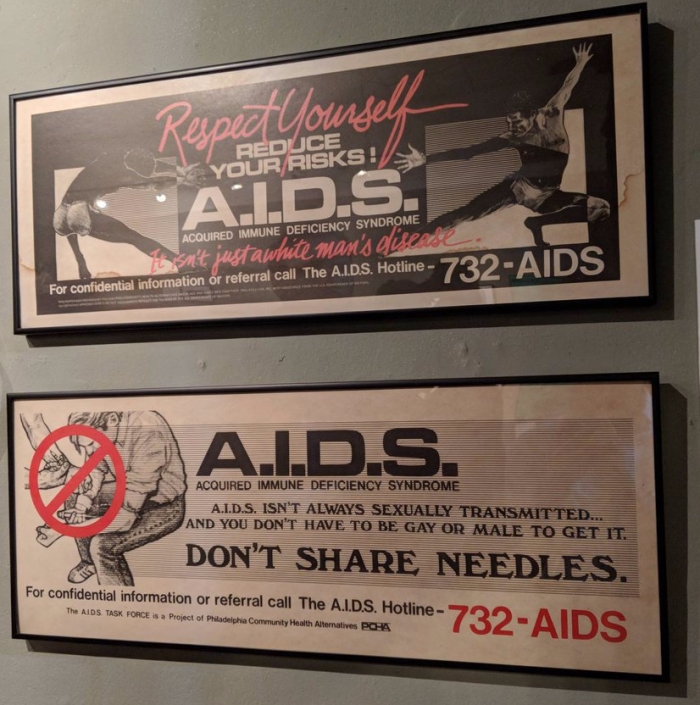While writing one of my final papers, I ran into a peculiar problem: how do I cite two different publications by an author when their name has changed?
In this situation, it seems as though the author has an uncommon first name with a distinct cultural marker, and changed to using a more common nickname that could be derived from their full name. How can I honor an individual’s preferences while still making sure my bibliography is navigable?
Fortunately, the Library of Congress helps maintain consistency in these cases. Through authority records, standards can be put into place for how to refer to individuals, organizations, corporations, and other proper nouns. Authority records also exist for subjects, such as content areas. This is especially useful regarding figures who use middle names and use pseudonyms, or events that are known by different names. These authority records can then be used in places such as metadata in libraries or in archives’ finding aids.
According to the Library of Congress, name authority records are updated daily, and subject authority records are updated weekly. However, they fail to mention who submits these changes, and why, and how immediately after they’re needed. In actuality, libraries can submit changes as an institution, or individual non-librarians can use forms to propose changes, although there’s no guarantee that the changes will be implemented. It’s for these reasons, and others, that trans people are frequently harmed by these subject headings.
The most common way this happens is through someone’s deadname appearing in their authority record. While authority records tend to be categorized under a single standard name, alternative names are included in the body of the record to assist in searches. Even when a trans person’s actual name is listed as the authority record, their deadname may still be included in the record. Alternatively, even when deadnames are not included in the record, an authority record might have a notation that an individual’s name was not their name assigned at birth: an unnecessary distinction for those who have never published under their deadname.
Additionally, subject authority records betray an unfamiliarity and other biases regarding trans-related subjects. For example, “Transsexuals” and “Transvestites” were created in the 1980s, and “Transgender people” not until 2007. “Female-to-male transsexuals” was created in 2002 and “Male-to-female transsexuals” not until 2006, and still no subject headings exist related to genderqueer people.
It is not uncommon for the general public to think of archives and libraries as neutral, authoritative institutions. However, authority records regarding trans people serve as a reminder that, like any public institution, archives and libraries reflect societal attitudes and biases. In this case, systematic transphobia shows up in stagnant and outdated language and naming practices used in records meant to set standards of identification. While many librarians and archivists are working towards changing this situation, like most responses to institutional bigotry, it’s a slow process.
(As for the author I’m citing? Her authority record was under her nickname!)
Angell, Katelyn, and K.R. Roberto. “Cataloging.” Transgender Studies Quarterly 1.1-2 (2014), 53-56.
“Frequently Asked Questions,” Library of Congress Authorities
http://authorities.loc.gov/help/auth-faq.htm
Thompson, Kelly J. “More Than a Name: A Content Analysis of Name Authority Records for Authors Who Self-Identify as Trans.” Library Resources & Technical Services 60 no. 3 (2016): 140-155.
